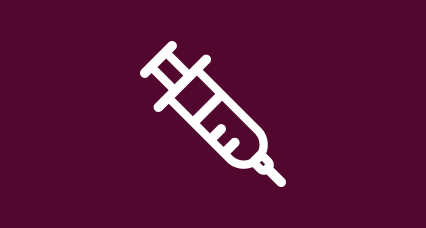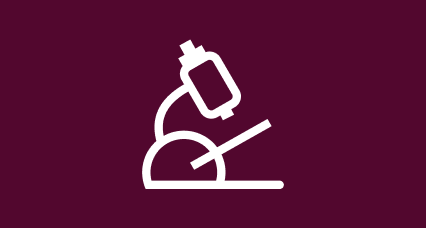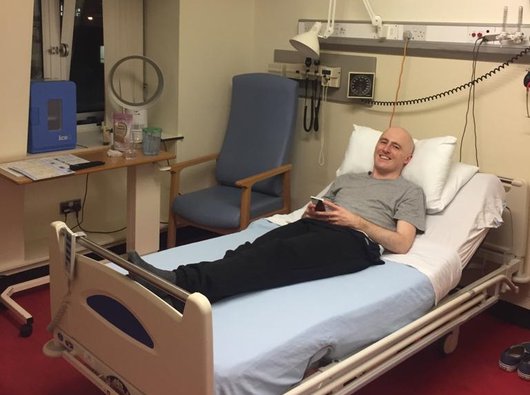Acute myeloid leukaemia (AML) treatment
Treatment for AML usually starts quickly after diagnosis, to get the leukaemia under control. After this, treatment continues for several months.
Find out about the different types of treatment, possible side effects and how doctors measure your response to treatment.

Your treatment for acute myeloid leukaemia (AML)
Your treatment plan will be personal to you, but there are some key things to know and tips to help you cope with treatment.
Find out more

Intensive treatment for AML
Some people have intensive treatment, which gives the best chance of getting rid of the AML. Read about the phases of intensive treatment and the different drugs you might have.
AML intensive treatment

Non-intensive treatment for AML
If you are not well enough to have intensive treatment, there are non-intensive treatments available. These aim to control the AML as much as possible.
Non-intensive treatment

Measuring your response to AML treatment
Doctors use tests to monitor your AML and how you are responding to treatment. We explain the different types of tests and what the results mean.
Understand your test results

Relapse and refractory AML treatments
If your treatment isn't working (refractory AML), or the AML comes back (relapse), there are other treatment options available.
Find out more

Side effects of AML treatment
AML treatment does cause side effects, but everyone reacts differently. Read about common side effects and things that can help.
Treatment side effects
"When you’ve got AML, one of your number one questions is - what do I need to do in order to beat this?"
Graeme, diagnosed with AML in 2017.
Read Graeme's story about How to keep your positivity during treatment.

Thank you to Advanced Nurse Practitioner Kirsty Crozier, Consultant Haematologists Richard Dillon and Professor Steve Knapper, and Clinical Fellows Francesca Hogan and Victoria Ware for checking the medical content of our AML information.
